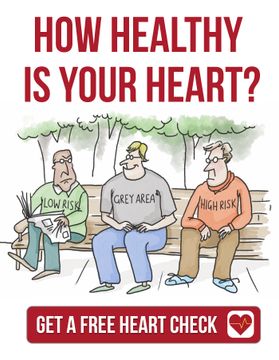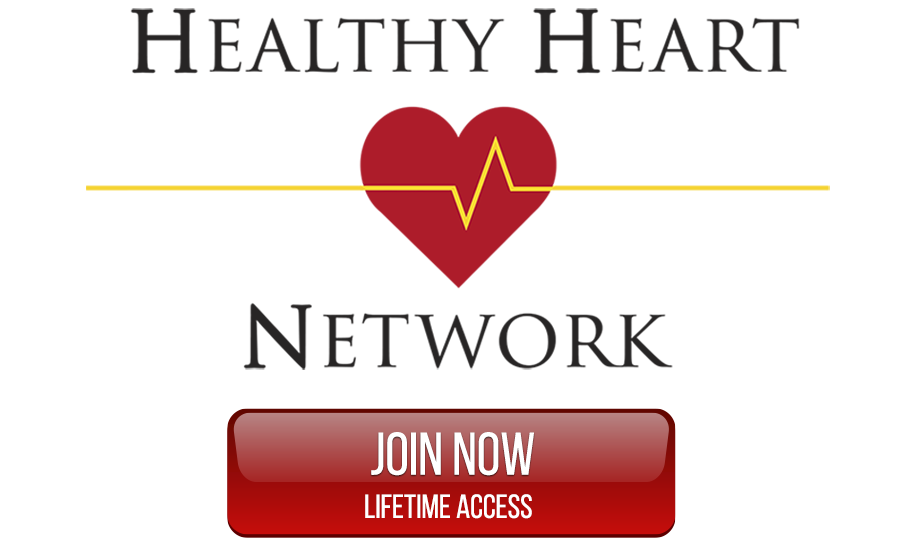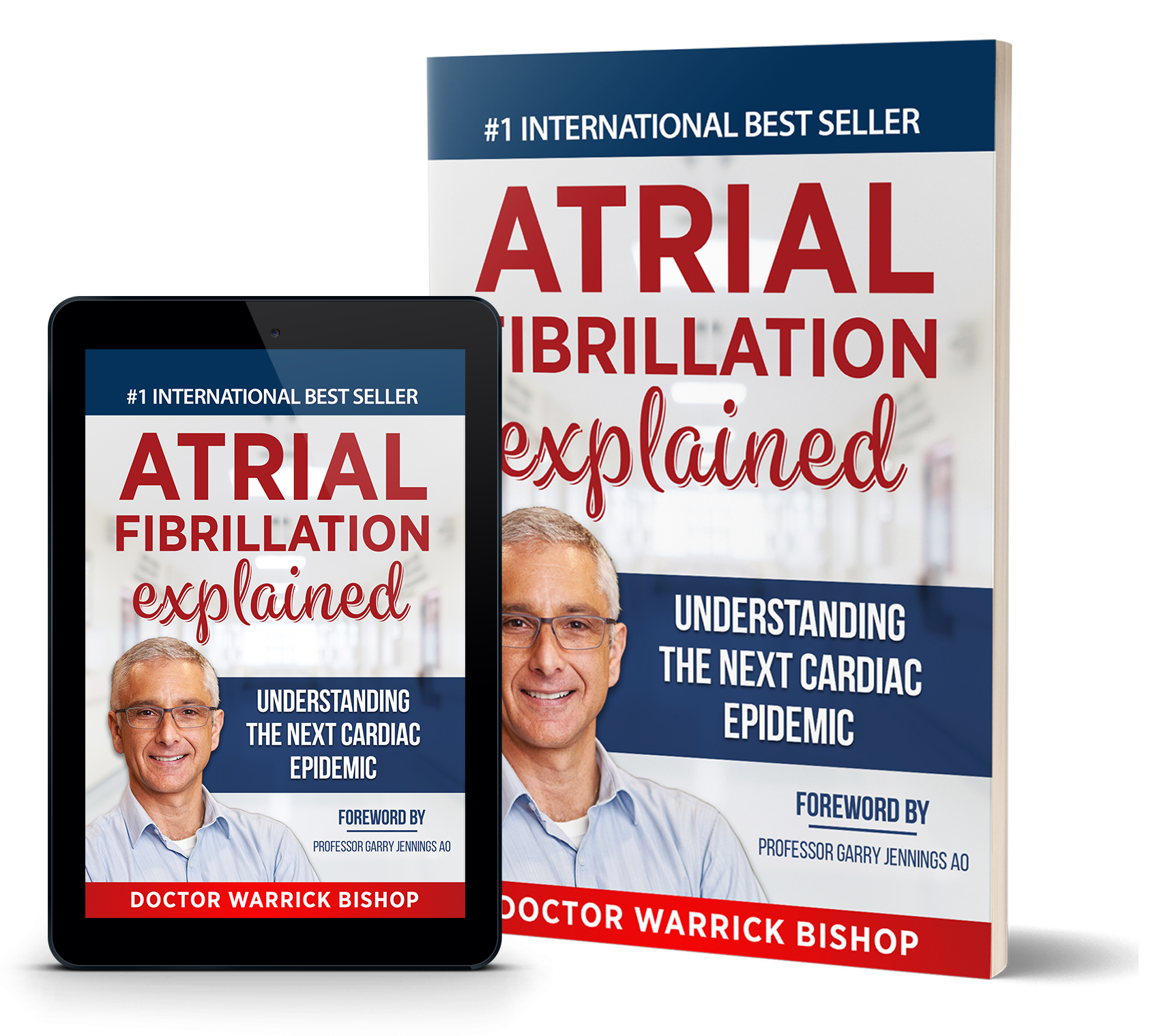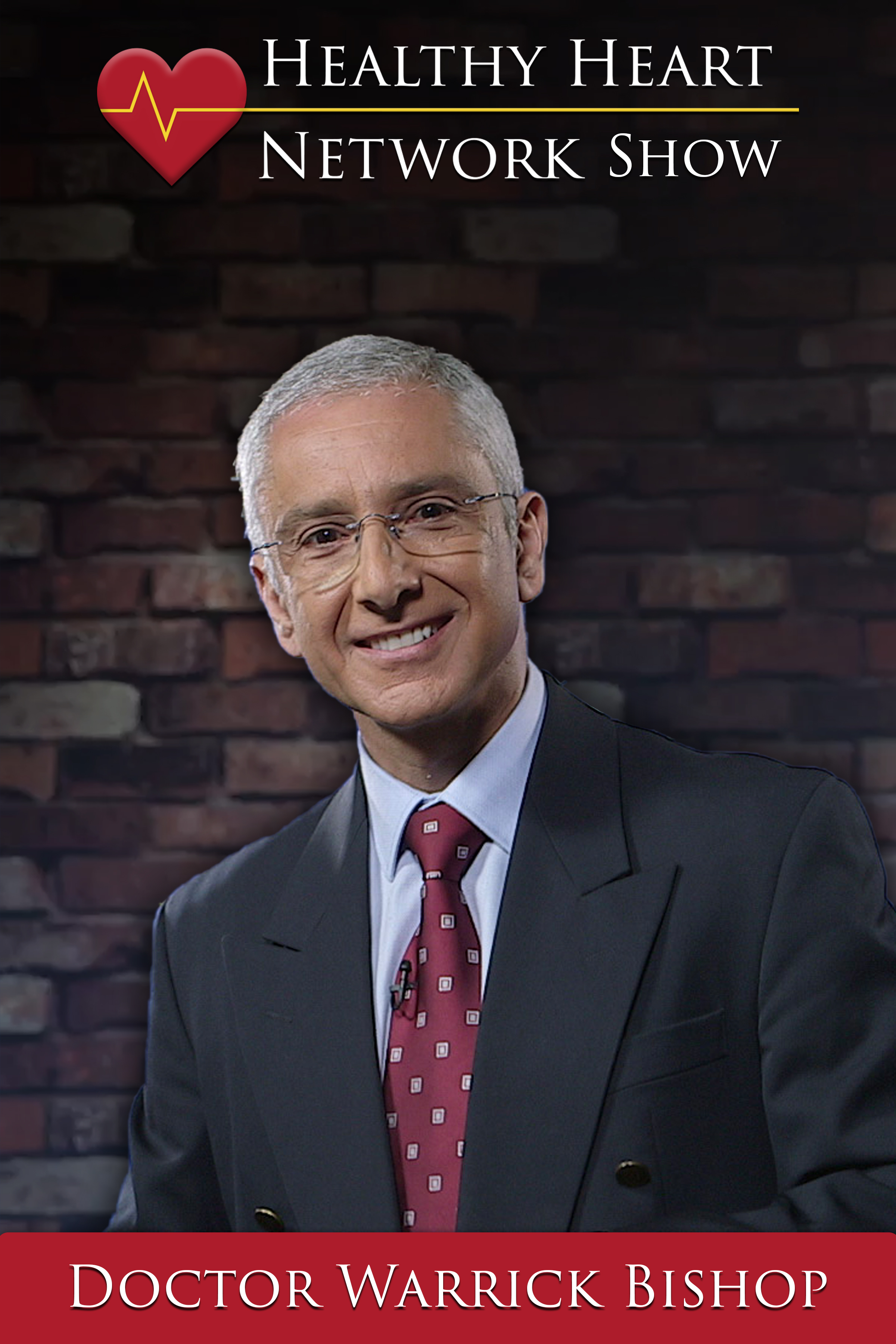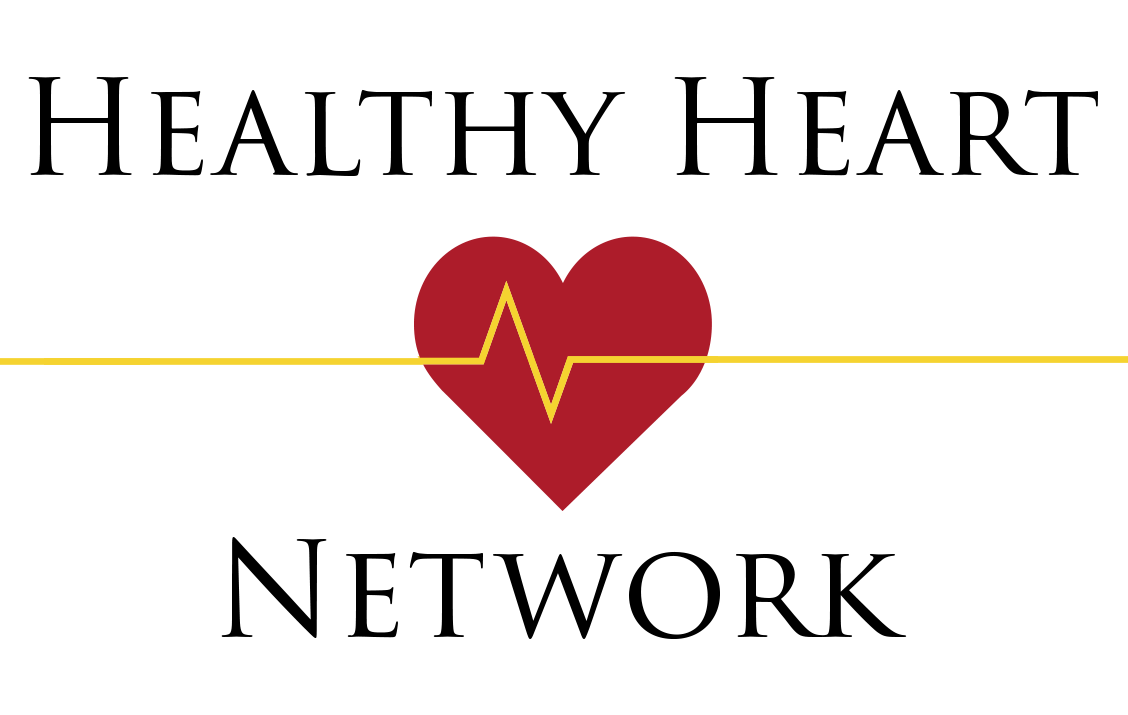JOIN OUR HEALTHY HEART MEMBERSHIP HERE: https://healthyheartnetwork.com/page/starter
Welcome to Doctor Warrick's Podcast Channel.
Warrick is a practicing cardiologist and author with a passion for improving care by helping patients understand their heart health through education. Warrick believes educated patients get the best health care. Discover and understand the latest approaches and technology in heart care and how this might apply to you or someone you love.
Hi, my name's Dr. Warrick Bishop and I'd like to welcome you to my consulting room. Today I'd like to share a couple of blood pressure points with you. A few little hints and tips. So, a couple of questions and let's see how it goes. First of all, blood pressure is considered as either primary or secondary. Primary means that it's part of your genetic makeup. You probably got it from your family and it's very hard to isolate a single cause that's driving that blood pressure. Secondary blood pressure or secondary hypertension is the term we give to blood pressure that we're able to isolate an exact cause for, and sometimes this is related to perhaps a problem with the kidneys or the glands related to the kidneys, or even other hormonal imbalances.
So, the question regarding primary and secondary hypertension is what percentage of patients have primary hypertension, and what percentage of patients have secondary hypertension? The answer is that about 90 to 95 percent of patients have primary hypertension and this means that with all our investigations, we're unable to turn up a single cause. But that means that in five to 10 people out of 100, we will turn up a specific cause for their hypertension. So it is pretty important to keep in your mind that we do turn out particular triggers or particular causes for high blood pressure. They don't turn up frequently but they are important to find.
Question #2 relates to thickening of the heart muscle. We call this left ventricular hypertrophy because the ventricle is the name of that main pumping chamber of the heart. So the question is if we find left ventricular hypertrophy despite what appears to be normal blood pressures in the office, would we treat that or not? It turns out the reason American guidelines would suggest we do treat it because that thickened left ventricular wall is representative of that person responding adversely to increase blood pressures. So we would treat that person. That thick wall is considered end organ damage or damage being caused by the blood pressure.
Associated with the thick wall is dysfunction of the way the heart relaxes and associated with that is also an increase of pressure on the left atrium. So the left atrial size can increase. All these are features that would indicate that this person should have their blood pressure lowered. That's despite clinic measurements and it's quite possible that other measurements would support that that person has high blood pressure.
Question #3: Are blood pressures measured in the office better than blood pressures measured either at home or with a monitor that you wear for 24 hours. The resounding answer to that is that the more information we get over a 24-hour period, the better the idea we have of exactly how someone's blood pressure is behaving. And so no, clinic blood pressure is not the best blood pressure measurement and certainly in my own practice my habit is to try and use 24-hour ambulatory blood pressure monitoring so we have the best idea of exactly what we're dealing with over a 24-hour period. Does the patient's blood pressure blood pressure spike during the day? Perhaps when they're trying to find a car parked to come and see me, perhaps when they're at work dealing with a colleague who could put their blood pressure up or has their blood pressure elevated at night, perhaps suggesting poor sleep?
We also know that the cleaning blood pressure can sometimes be quite normal but 24-hour or home blood pressures can be quite elevated. This is called masked blood pressure. And a phenomenon that we've become more aware of in recent years. So, I answered question three, office blood pressures are a great starting point. But they are not the most precise way of getting the best information about someone's 24-hour blood pressure averages about their profile and the way their blood pressure responds and really understanding how that person can be best managed for their therapy in the future.
Lastly. When we deal with blood pressures that are say 20 millimeters over 10 millimeters above ideal. Would a single agent be the best way to deal with that. Blood pressure that's 20 over 10 higher than ideal is considered second stage hypertension or second stage blood pressure. The 2017 American College of Cardiology and American Heart Association guidelines suggest that two tablets are the best way to deal with that sort of elevation. Now two tablets make a lot of sense. The reason is we can introduce two tablets a lowish dose. What we know is that the first introduction of a medication often has the best effect on blood pressure. So we can get a good effect with a low dose but we also know that side effects are associated with increased doses.
So if we can use a low dose, we can get good effect and reduce our side effect profile. If we used two agents we can be pushing and pulling at the same time often giving really good results at lowish doses with minimal side effects. So there is a quick quiz on what you know about blood pressure. It's an incredibly important aspect of care. Please make sure you check it with your local doctor on a regular basis and keep it under control. I hope you've enjoyed today's session. I really thank you for joining me, and of course, I wish you good health. Goodbye.
You have been listening to another podcast from Dr. Warrick. Visit his website at www.drwarrickbishop.com for the latest news on heart disease. If you love this podcast, feel free to leave us a review.
Check out my book at http://drwarrickbishop.com/books/




